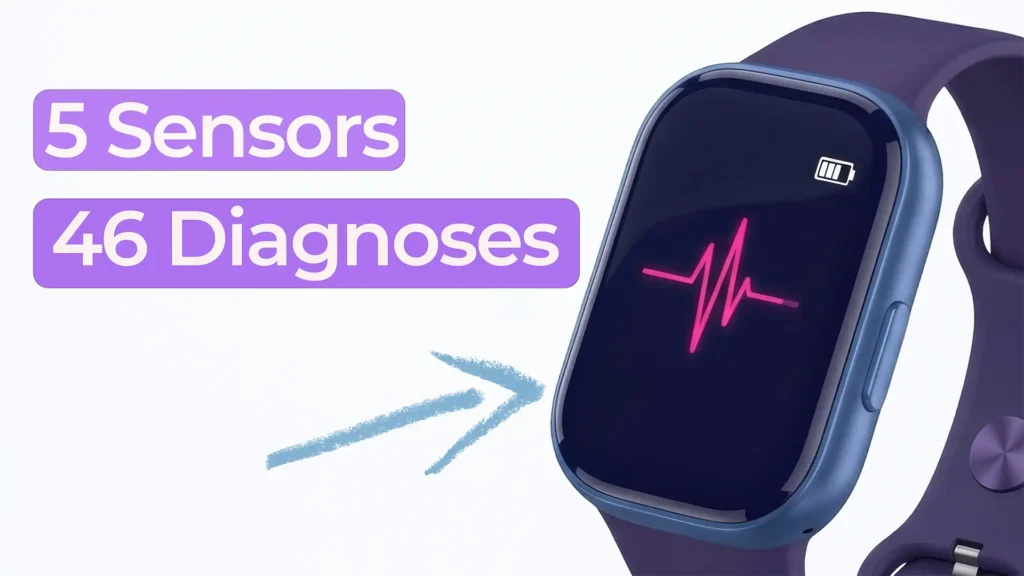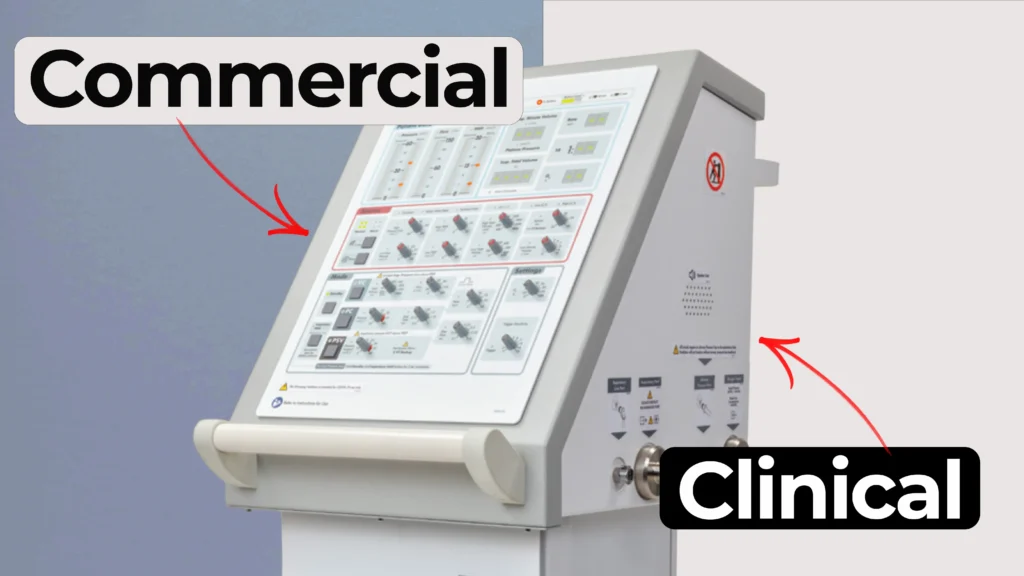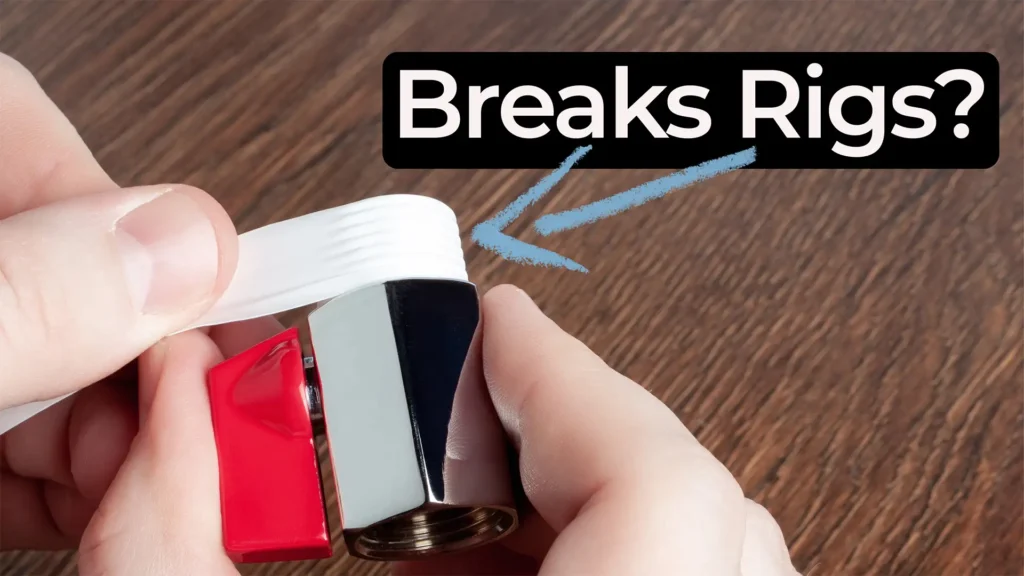
Translating Emotion into Empathetic Medical Design
What does empathetic medical design really look like in practice? In this episode of Before the Build, Eric and Paul discuss how emotional insight from field research can profoundly impact the design of medical devices, especially when patients are facing some of the hardest moments of their lives.
Paul shares a story from a nuclear medicine facility where radioactive treatments create high-stakes challenges—not just for patients, but for the teams supporting them. From seemingly humorous anecdotes to fleeting moments of deep emotional connection, this episode unpacks how thoughtful field research leads to human-centered, practical improvements in device design.
Observing Patients Means Understanding People
The conversation explores how true empathy requires stepping into the patient’s world—literally. Field research often leads into hospital closets, nuclear medicine wings, and emotionally charged environments. These are the places where designers can truly understand the needs, fears, and limitations patients face every day.
In one striking moment, Paul describes locking eyes with a patient mid-infusion—capturing a mix of hope, fear, and vulnerability. It’s a reminder that good medical design isn’t just about performance or compliance; it’s about preserving dignity and simplifying care.
Why Empathy Drives Better Outcomes
Ultimately, empathetic medical design leads to better adoption, stronger clinician satisfaction, and more effective treatment workflows. When design accounts for emotional and practical realities—not just functional specs—it supports both patients and care providers in meaningful ways.
Enjoying Before the Build? Sign up to get new episodes sent to your inbox.
Related Resources

Nick and Nigel explore how a surprisingly small set of sensors could be used to identify a wide range of common health conditions.

Understanding how clinical ventilator development differs from commercial ventilator design is essential for teams planning early studies.

Nick walks through a practical Teflon tape lesson that came from real work supporting a mechanical test rig.

Most sterile medical devices begin their journey long before anyone thinks about sterilization. Teams focus on function, usability, materials, and suppliers, then discover that sterilization constraints can reshape many of those early decisions.
